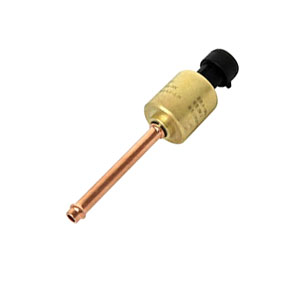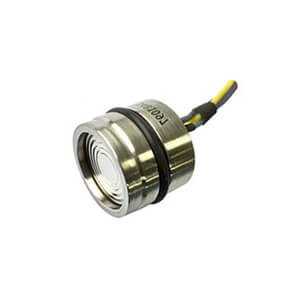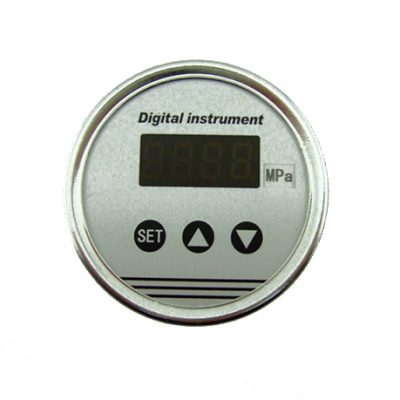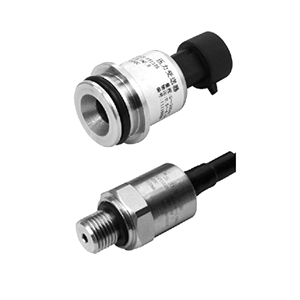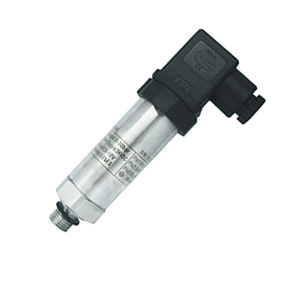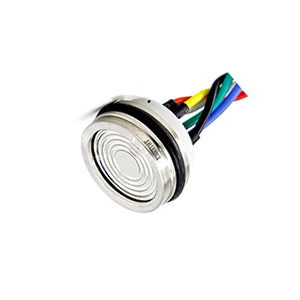Introduction
A millivolt (mV) output pressure sensor is a type of sensor that generates an output signal in millivolts, proportional to the pressure it measures. This output is typically a low-level voltage that changes with pressure and is usually derived directly from the sensing element, without any amplification.
Features of Millivolt Output Pressure Sensor
Millivolt output pressure sensors are often used in applications where
- Power supply voltages are low,
- Cost is a significant factor,
- The user has the capability to amplify and condition the signal as needed.
Examples of such applications might include battery-powered devices, portable equipment, and certain types of industrial instrumentation.
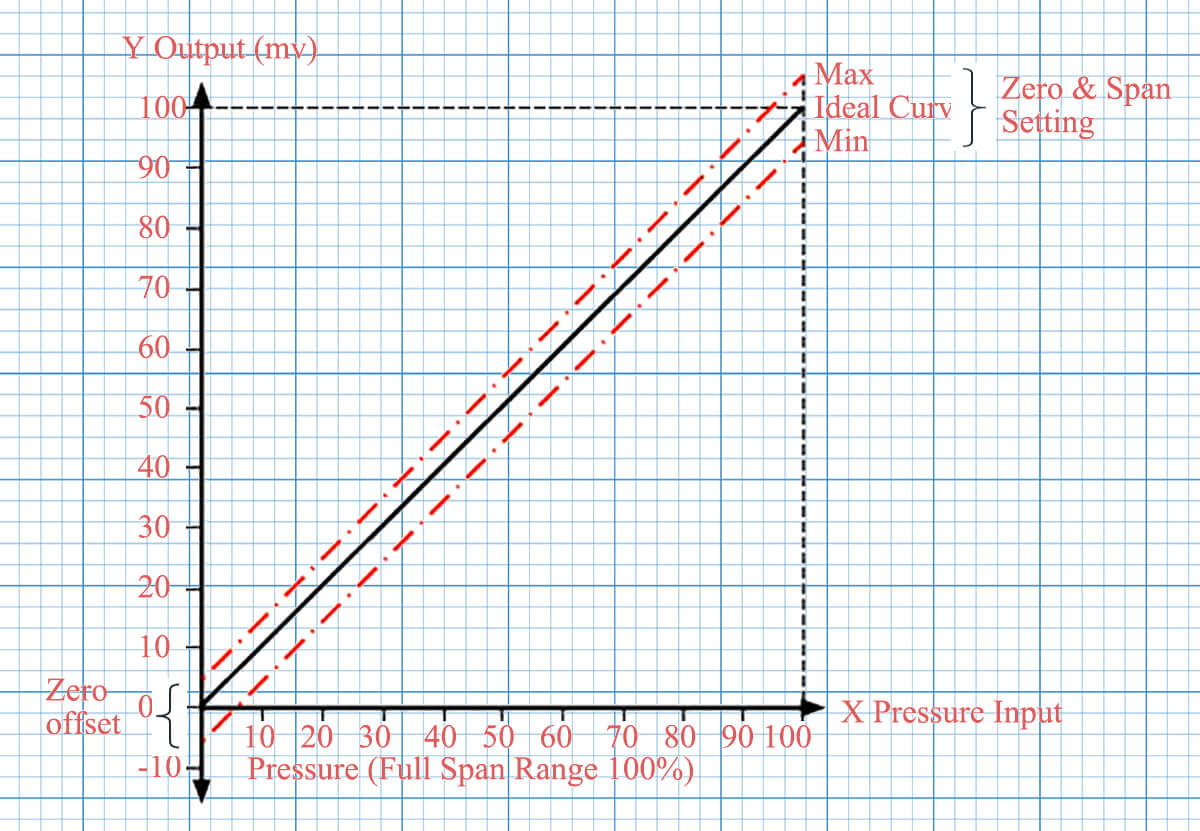
What are highlight feature of mv output pressure sensor
1. Low-Level Output
Millivolt output sensors typically produce a very low voltage output, often in the range of tens to hundreds of millivolts at full scale pressure.
For example, a common output might be 100mV at full scale pressure.
ESS3 Series Range & Output
Range Over-pressure Output/F.S Pressure
0-10kpa 300% 0-57mv G
0-20ka 300% 0-100mv G/D
0-35ka 300% 0-70mv G/A/D
0-70ka 300% 0-67mv G/A/D
0-100ka 300% 0-75mv G/A/D
0-200ka 300% 0-75mv G/A/D
0-400ka 300% 0-68mv G/A/D
0-600ka 200% 0-110mv G/A/D
0-1000ka 200% 0-93mv G/A/D
0-1600ka 200% 0-147mv G/A/D
0-2000ka 200% 0-65mv G/A/D
0-3500ka 200% 0-100mv G/A/D
0-7000ka 200% 0-140mv G/A
0-10Mpa 200% 200mv G/A
0-25Mpa 150% 150mv S
0-40Mpa 150% 230mv S
0-60Mpa 150% 110mv S
0-100Mpa 150% 115mv S
The actual millivolt output value may vary a little bit accordingly environment changes
2. Proportional Output
The output of a millivolt sensor is proportional to the pressure it measures.
If the pressure doubles, the output voltage doubles. Conversely, if the pressure is zero, the output voltage is also zero.
3. Power Supply
Millivolt output pressure sensors typically operate on a low voltage power supply, often around 5-10V, in Eastsensor, we provide 5V, 10V excitation as voltage and 1.5mA as current. They are sometimes referred to as “ratiometric” because their output signal is often a ratio of the supply voltage.
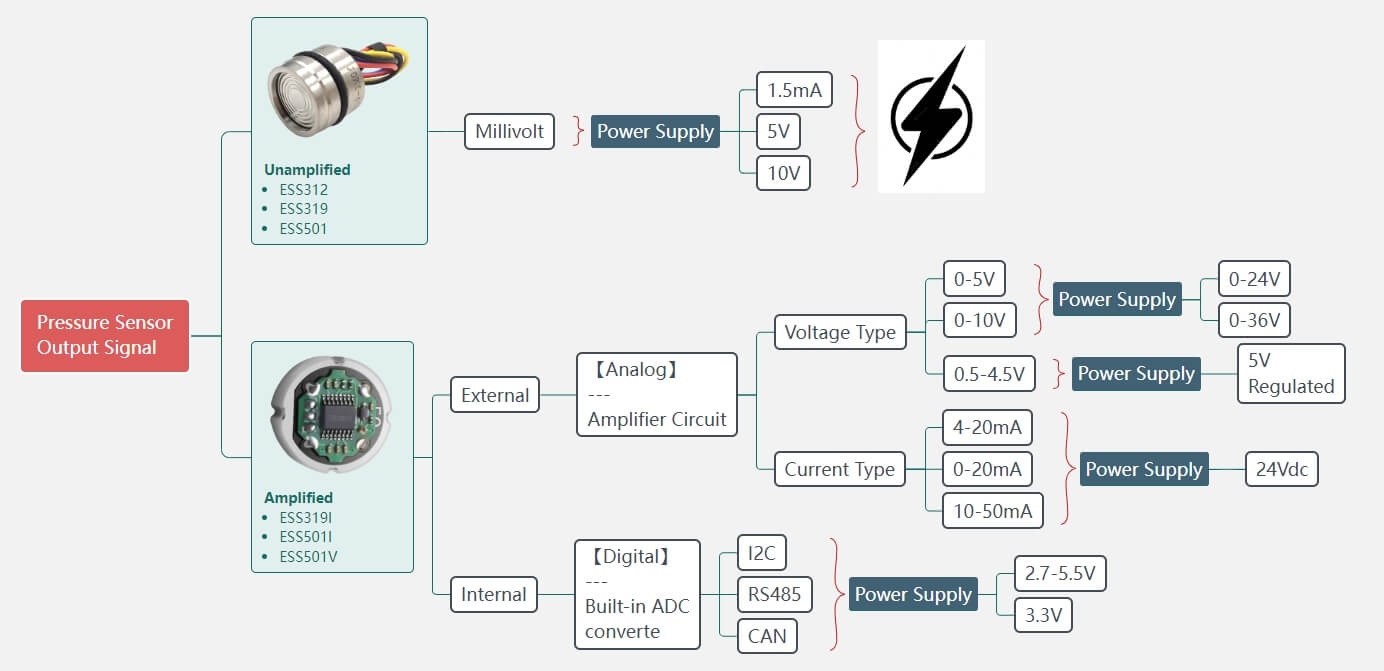
4. Amplification Needed
Because the output signal is so low, it usually needs to be amplified before it can be used. This can be done with an external amplifier circuit or an analog-to-digital converter (ADC) with a built-in amplifier.

5. Temperature Considerations
The output of millivolt sensors can be affected by temperature changes.
Some sensors include built-in temperature compensation to correct for this, while others may require external compensation.
Pros and Cons of Using Millivolt Output Sensors
Millivolt output sensors, including pressure sensors, have their own set of advantages and disadvantages that make them suitable for some applications and less suitable for others. Here’s a look at some of their pros and cons:
Advantage of mv output pressure sensor
1.Lower Power Consumption:
Millivolt output sensors typically consume less power compared to sensors with amplified outputs, making them suitable for battery-powered or low-power applications.
The most common excitation for mv pressure sensor are
- 1.5mA
- 5V
- 10V
2. Cost-Effective
These sensors are generally less expensive than sensors with built-in amplification, as they have fewer internal components.
3. Flexible Signal Conditioning
The user has the flexibility to design the signal conditioning circuitry (like amplification and filtering) to meet the specific requirements of their application.
The regular output signal after conditioning are:
4. Direct Sensor Output:
Many types of pressure sensors, such as piezoresistive sensors, generate a millivolt-level signal directly from the sensing element. This simplifies the sensor design and reduces cost.
Disadvantage of mv output pressure sensor
1.Low Signal Level
The output of millivolt sensors is typically very low, which means it can be more susceptible to electrical noise and interference. This could require shielding, filtering, or other noise-reduction techniques.
Check the details: Pressure Sensor Noise & EMI
2. Need for Amplification
The low-level signal usually needs to be amplified before it can be used, which adds complexity and requires additional components in the system design.
3. Voltage Supply Variations
The output of millivolt sensors can be affected by changes in the supply voltage. This may require a stable power supply or additional signal conditioning to correct for supply voltage variations.
4. Temperature Effects
The output of millivolt sensors can be affected by temperature changes, which may require additional components or circuitry for temperature compensation.
Check the details:
The choice to use a millivolt output sensor will depend on the specifics of the application, such as power availability, cost considerations, noise environment, temperature range, and the required signal range.
Application where millivolt output pressure sensor is commonly used
Now let us discuss the specific application where millivolt output pressure sensors are commonly used, it is Battery-Powered Wireless Tire Pressure Monitoring Systems (TPMS) in vehicles.
Tire Pressure Monitoring Systems continuously monitor the air pressure in the tires and alert the driver when the pressure falls below a specified level. This is important because maintaining correct tire pressure helps to ensure the safety and efficiency of the vehicle.
The pressure sensors used in these systems need to be small and consume very little power, as they are located inside the tire and are powered by a small battery. These requirements make millivolt output pressure sensors an excellent choice.
The millivolt signal from the pressure sensor is typically conditioned (amplified and filtered) and then digitized by an analog-to-digital converter (ADC) before being transmitted wirelessly to a receiver/display in the vehicle.
The low power consumption of the millivolt output sensor helps to maximize the battery life of the system.
How does temperature affect the output of millivolt output pressure sensor
Temperature can have a significant effect on the output of millivolt output pressure sensors. This is due to the physical properties of the materials used in the sensor elements and the electronic components.
There are two main ways temperature can affect the sensor:
Changes in temperature can cause a shift in the sensor’s zero point, which is the output of the sensor when no pressure is applied. This is sometimes called “zero drift” or “zero offset.” For instance, if a sensor has a zero point shift of 1mV/°C, and the temperature changes by 10°C, the output of the sensor could shift by 10mV, even without any change in pressure.
2. Span or Sensitivity Shift
Changes in temperature can also affect the sensor’s sensitivity, which is the change in output per unit of pressure change. This is sometimes called “span drift.”
For example, if a sensor has a sensitivity of 100mV/bar and a span shift of 0.1%/°C, a temperature change of 10°C could alter the sensor’s sensitivity by 1%, changing it to 101mV/bar.
These temperature effects can introduce errors into the pressure measurement, especially in applications with large temperature variations.
To manage this, some millivolt output pressure sensors include built-in temperature compensation mechanisms. These typically use additional sensing elements to measure temperature and adjust the pressure reading accordingly.
In other cases, the user may need to provide external temperature compensation. This can be done by measuring the temperature separately and then adjusting the pressure reading based on the known temperature effects of the sensor.
It’s important to account for temperature effects in order to ensure accurate and reliable pressure measurements across the intended temperature range of the application.
What are some common methods for amplifying the millivolt output pressure sensor
There are several common methods for amplifying the low-level output signal of millivolt output pressure sensors. Here are three of the most commonly used methods:
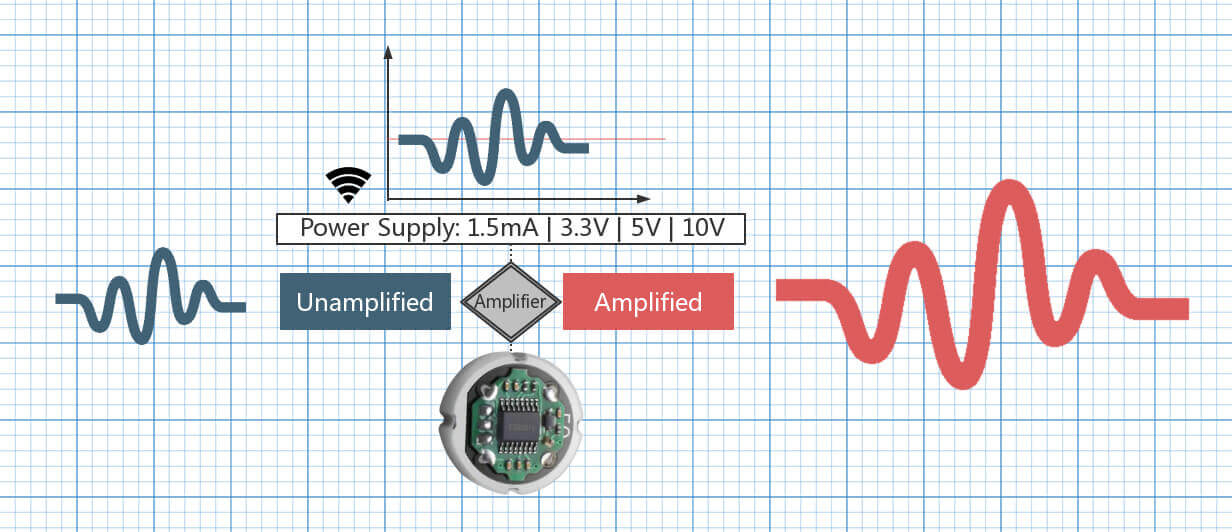
1. Operational Amplifier (Op-Amp):
An operational amplifier is a versatile electronic device that can be used to amplify a low-level signal. In a configuration known as a non-inverting amplifier, the op-amp can amplify the voltage signal from a pressure sensor. The amount of amplification (known as the gain) can be precisely controlled with resistors.
2. Instrumentation Amplifier:
An instrumentation amplifier is a special type of op-amp circuit that is particularly suited for use with sensors. It has high input impedance, low output impedance, high gain, and is designed to reject common-mode noise. It’s often used when long signal wires are present, or the signal is small and needs precise amplification.
3. Analog-to-Digital Converter with Built-in Amplifier:
Some analog-to-digital converters (ADCs) have built-in programmable gain amplifiers (PGAs). The PGA can amplify the signal before it’s converted to a digital value, increasing the effective resolution of the ADC for low-level signals. This can be a convenient option when the sensor is being interfaced with a microcontroller or other digital system.
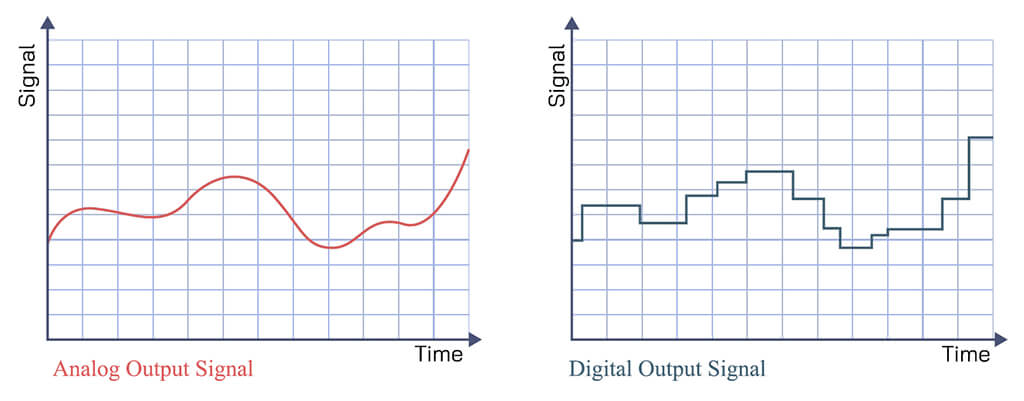
Each of these methods has its own advantages and considerations. The choice between them depends on factors such as the specific requirements of the application, the available power supply, the noise environment, and the desired signal resolution. In all cases, care must be taken in designing and implementing the amplifier circuit to ensure that it doesn’t introduce noise or distortion that could affect the accuracy of the pressure measurement.
Click to check details: Millivolt Output Pressure Transducer

